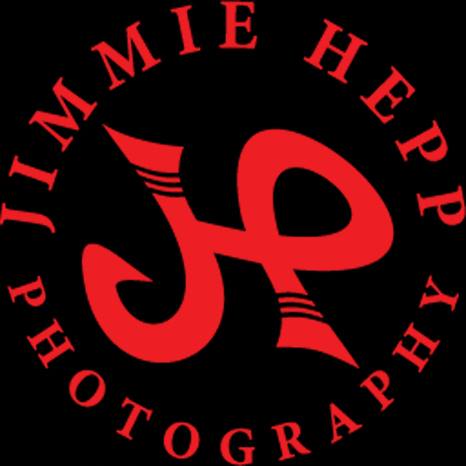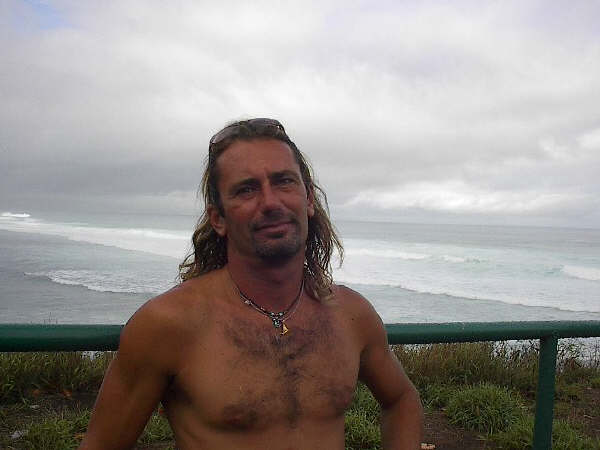So far my only experience with a foil was with on an SUP board being towed behind a boat. I only tried like 4-5 pulls and didn't have much success at all.
Yesterday I had the same board/foil, but I tried to catch small waves on the south shore. Let me tell you straight one thing: it was still difficult, but a lot easier than behind the boat.
Here's what you need to know to understand that. Other than one water skiing session when I was 15, my experience at being towed by a boat was none. So, being towed felt like a strange feeling all the times, even before the foil came up. Plus there was the awkwardness of having to hang on a rope that is pulling you forward, the noise of the engines, the weird bubbles left by them, a bunch of friends on the boat looking at you and overall I didn't have much fun at all, to be honest with you.
Instead while catching a gentle roller on the south shore, until the foil came up I was in extremely familiar territory. I was all ready in perfect stance and confident that I knew how to do that. No noise, no fumes, no weird bubbles, no distractions, all by myself. And even though I was going way slower than behind the boat, I was so in control that I could decide to push on the back foot to let the foil come up. And after that I managed to shift my weight on the front foot to bring it back down.
I only caught 4-5 waves and obviously I did wipe out without control on most of them, but I managed to stay away from the foil. The possibility of an impact with it is there though. Fortunately the wave SUP GoFoil (Alex Aguera design, made by Go Foil for Starboard) is pretty blunt, it might not cut you, but it'll still hurt you. Even the wipeouts seemed a less dangerous than the ones I experienced behind the boat though, thanks to the slower speed at which they happened.
A key factor in the learning process is to choose the right spot. Obviously you need enough water for the foil, so avoid shallow spots and low tides. The spot I was out seemed deep enough with something like a foot of tide, but I still managed to brush the bottom while paddling out.
After I hit the bottom and put some scratches on the foil, I paddled back in and waited for a higher tide. Which obviously came a couple of hours later, but it completely killed the small waves.
The thing is that you need some waves too and yesterday there were some, but they were tiny. Which means that they were breaking very close to shore. Ideally you want to have a couple of feet of swells in the water, high tide, no wind and all those waves on the lahaina side of Thousand peaks can become a perfect spot where to practice. I know, that doesn't happen very often because of the wind, that's when you can pick a spot between Launiupoko and Puamana. I can see the Cove in Kihei as a good spot too at high tide, but please make sure you pick a spot with nobody else around (good luck!).
The waves need to be big enough that you can catch it with your SUP. The foil doesn't come into play until you catch the wave, because only after you're going fast enough that you can make it come up. And, once again, that is what made yesterday's experience relatively easy and not as stranger. Until you have the two rails of the board touching the water, even if the foil is lifting most of the board and it's just the tail touching the water, you are still in familiar territory. As soon as those rails don't touch the water anymore, it's like someone suddenly took from you the crutches that you didn't even know you had! And that's when the new sport starts, I'd say.
That's when it becomes extremely critical to keep your weight centered on the center line. If you shift it either tow or heel side, you're going down for sure, because the thing reacts much quicker than a regular board. Of course, you got no crutches anymore! On your first waves, you want to focus on going straight and keeping the foil leveled. Learn how to make it go up and down by shifting the weight back and front. Which is what Kai does when he pumps the thing. I was able to do a little bit of that yesterday and that's why I consider it a successful session. Much better than behind the boat, at least.
Did I learn how to foil? Of course not, but I made significant progress. Once again, I only had 4-5 waves and than the conditions disappeared. Finding the right conditions, might easily be the factor that slows down your learning, that's the feeling I have.
Here's two applications of the foil that attract me:
1) surfing low quality small mushy waves (pretty much like every summer afternoon in Lahaina as soon as the onshore flow starts)
2) downwinders
I don't see myself doing this on a good wave, in other words I don't see this activity in possible competition with regular surfing. Check the video below for example.
It starts with Kai riding a perfect foil wave on the inside of Namotu. Then it switches a beautiful fun size wave at Cloudbreak, Kai surfs it lamely compared to what he could have done on a high performance shortboard, kicks out of it way too early because he wanted to go around Jace who is filming in the water, pumps his wave towards the wave out the back, grabs that one and surfs it lamely again.
It looks cool at first, but in my opinion that was a shameful waste of a beautiful wave. Two, actually.
Then it goes back to what I think it's the perfect wave for foiling. A wave that isn't even breaking or is low quality enough that you would not be surfing it otherwise.
And here's another video of a downwinder by Kai. Doesn't matter (I think) if you start prone or with the paddle on a SUP board, as long as you can get the foil up and keep it there and do what he does, I think it should be fun. To keep it flying with small windswell waves, you need some wind off your back, that's for sure. And if the wind dies, it will be easier to continue your slow downwind paddle on a SUP than on a 5.6 shortboard, that's for sure too.
I also don't think you want to learn how to foil on a downwind run right away. I see it much easier to learn on small south shore waves first (and Alex Aguera agrees with that) and THEN putting your skills out there in the middle of the ocean and trying a downwinder.
Problem is that the foil for a downwinder appears to be different than a foil for waves (wider for more lift at slow speed and less maneuverable), so you might have to get two foils for each of those two applications I just mentioned. It's too early in the sport for these details. At the moment we only have the wave SUP foil at Hi-Tech, but soon we'll receive the downwind ones (I'll let you guys know here for sure).
I might have to start by buying a wave foil (not sure my boss will lend me his anymore after the small scratches I put!). They are expensive (I think they retail for $1650 or something like that). But just like at the very beginning of SUP boards back in 2004/2005, it doesn't matter what you bought, the demand was so high that you could always resell your board at any time.
The sport is not going to be as big as SUP surfing. Not a chance. But there will still be enough demand and very limited offerings, at least for a while. So get yourself a foil before we run out of them. Your biggest problem will be to decide what board to convert with the installation of the tuttle box...
5am significant buoy readings
South shore
Lanai
1.4ft @ 13s from 229° (SW)
1.2ft @ 3s from 3° (N)
1.1ft @ 7s from 159° (SSE)
0.5ft @ 18s from 215° (SW)
Small southerly energy at the Lanai buoy (and none at Barbers), with a lovely half foot 18s that Pat Caldwell totally called for in his table. Check the webcam and see if you like it!
North shore
Pauwela
6.2ft @ 10s from 85° (E)
5.1ft @ 8s from 76° (ENE)
3.4ft @ 13s from 338° (NNW)
No NW energy on any other buoys tell me that whatever is leftover in the water is not going to be particularly significant. So it's going to be mostly windswell with the occasional NW set and it could be one of smallest/roughest day we've see in a while.
Current wind map shows a wide NW fetch (latest Surfline forecast calls for 7f 16s Friday afternoon), the windswell one and a weak one down under.

No NW energy on any other buoys tell me that whatever is leftover in the water is not going to be particularly significant. So it's going to be mostly windswell with the occasional NW set and it could be one of smallest/roughest day we've see in a while.
Current wind map shows a wide NW fetch (latest Surfline forecast calls for 7f 16s Friday afternoon), the windswell one and a weak one down under.

MC2km map at noon shows the usual lot of wind. Again, it might end up being even stronger if the sun shines or much weaker if it's rainy all day (like yesterday).








No comments:
Post a Comment